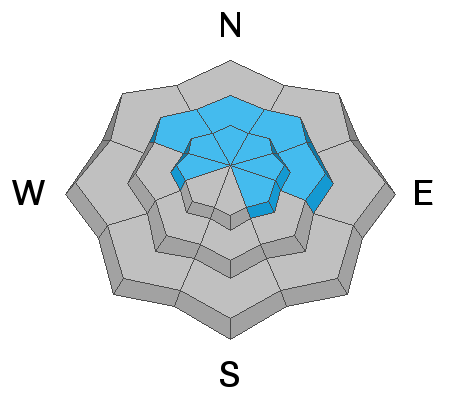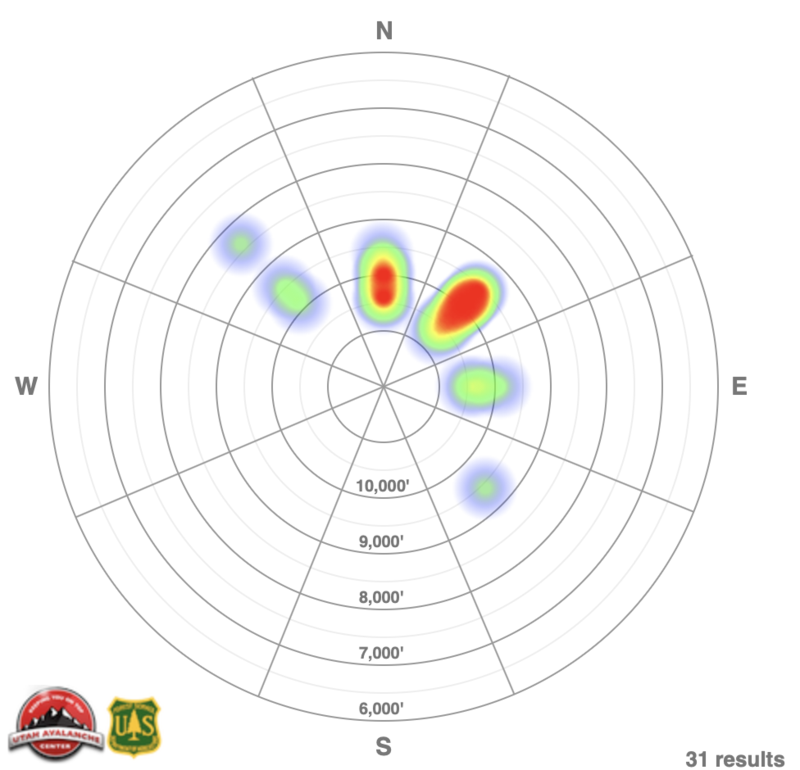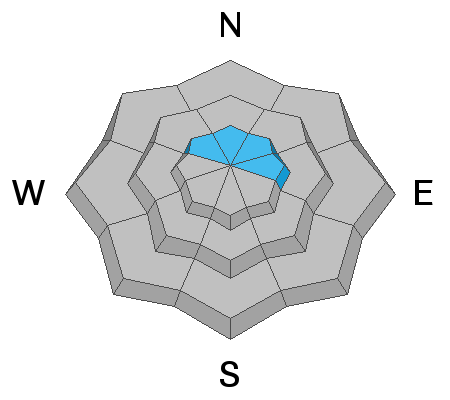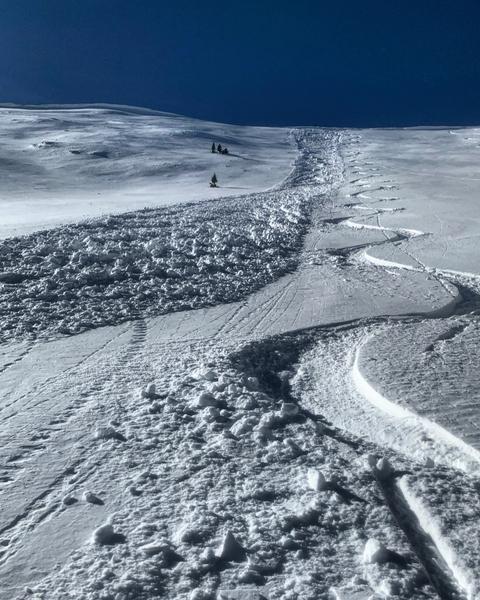Forecast for the Provo Area Mountains

Issued by Trent Meisenheimer on
Sunday morning, December 16, 2018
Sunday morning, December 16, 2018
The avalanche danger is MODERATE for triggering a slab avalanche 2 to 4 feet deep, on upper elevation slopes facing northwest through easterly. It's an isolated chance of triggering one of these monsters, but deadly if you do. There is also a MODERATE danger for triggering a wind slab, which are most widespread on upper elevation, northerly facing slopes.
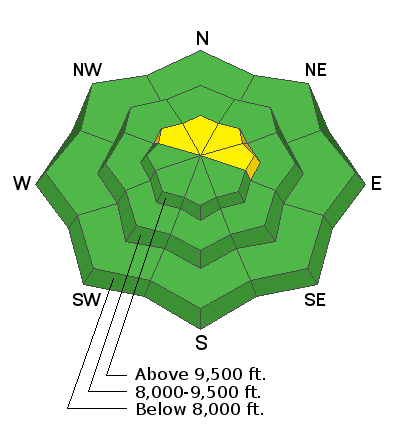
Low
Moderate
Considerable
High
Extreme
Learn how to read the forecast here


